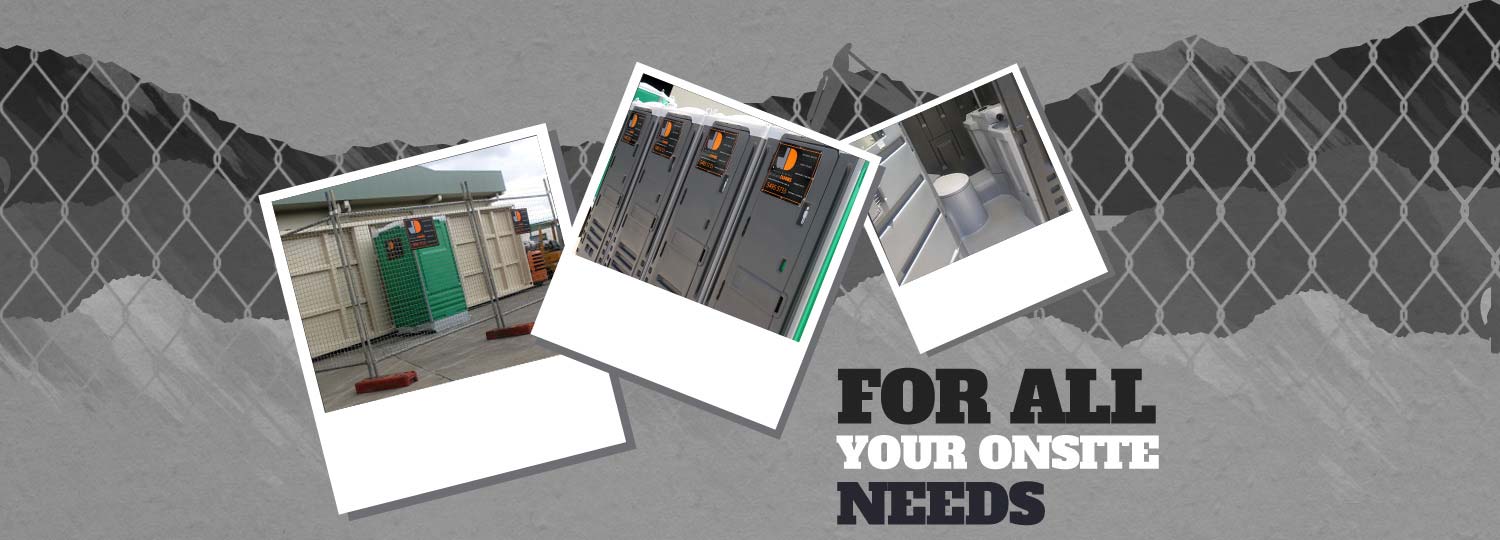Sometimes, you stumble across a little gem of historical interest. And that’s exactly what we’ve found looking into the history of portable toilet designs! The concept seems simple: a toilet with its own holding tank, and a portable structure. But when you look at the circumstances under which the humble portable toilet actually came to be, you find a story of responsive design, and historical reflection. So let’s take a look at the ins and outs of portable toilet designs!
Portable toilets first found their design in the shipyards of World War II
Portable toilet design began in the 1940s as a response to the unique circumstances of World War II. To keep up with demand for ships, shipyards were working overtime and without proper facilities. And so the portable toilet was born! We don’t imagine it would’ve been particularly pretty, but it did the job. There was room for improvement though – the ‘portable’ aspect of those toilets was lacking a little. They were constructed from metal and timber, which made them incredibly heavy.
The portable toilet became the ‘Strongbox’ thirty years later, with a revolutionary new design
For thirty years, though, the shipwrights made do and the portable toilet spread – probably thanks to some very heavy lifting. Then, in the 70s, everything changed as fibreglass entered the scene: cue the ‘Strongbox.’ This was a cast fibreglass box with amenities inside. The beauty of this portable toilet design was its weight; it weighed much less than previous portable toilet designs. At around this time, thanks to its light weight, the portable toilet grew even more in popularity. It spread to the construction industry, and took root in many of the places we see it today.
But there was a problem: the 70s portable toilet design had little natural light or ventilation
With fibreglass, many thought the portable toilet design had reached its peak. But there were still problems. Perhaps the worst of these were the absence of light, and ventilation. In combination, these features made the humble portable toilet that little bit too humble. Basically, they were really unpleasant. The fibreglass often took on the odour of the toilet, and something needed to be done.
Plastics and polymers soon fixed that, with innovative new portable toilet designs
Enter plastics and polymers: the solution to portable toilet design issues. Plastics and polymers are even lighter than fibreglass. They also clean up a lot more effectively. But that’s not all that happened to portable toilet designs – they also received opaque ceilings and extra ventilation. The opaque plastic ceiling combined privacy and natural light. Natural light kept the newly designed portable toilet well lit, while the ventilation kept it as fresh as a daisy. It’s no surprise that these materials are still in use today. That is, until the next revolution in portable toilet design of course!
Today’s portable toilet designs are a result of clever thinking, and they’re the best yet!
Portable toilet designs continue to mould and adapt as technology enhances. Today, though, the changes are a little less obvious than they used to be. A lot of the more recent developments in portable toilet design have been all about improving mobility. Some such improvements include altering the shape of portable toilets to improve their tessellation. This allows them to stack neatly on trucks, so that transport is quicker and cheaper. Other notable recent improvements in portable toilet design include alterations to the chemical compound that treats their waste. These chemicals are improving quite regularly, and helping portable toilets really reach the next level of luxury. It’s quite amazing to see the portable toilet these days, when you know its humble beginnings in a New Jersey shipyard. But we’ve no doubt there’s more to come – so watch this space!
For more fascinating facts on portable toilet designs, get in touch.




